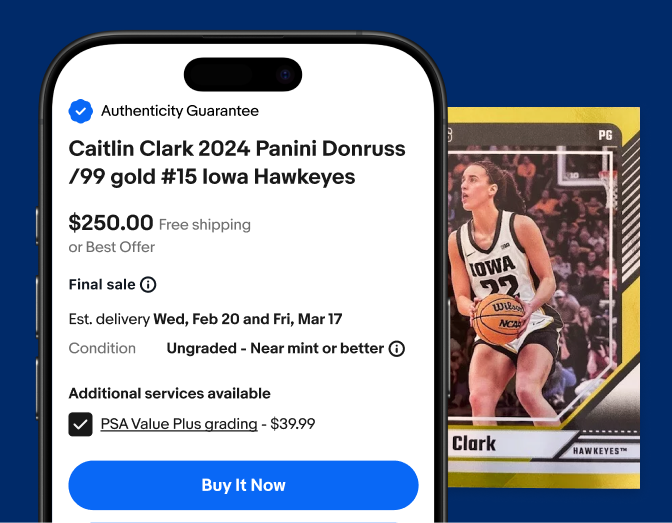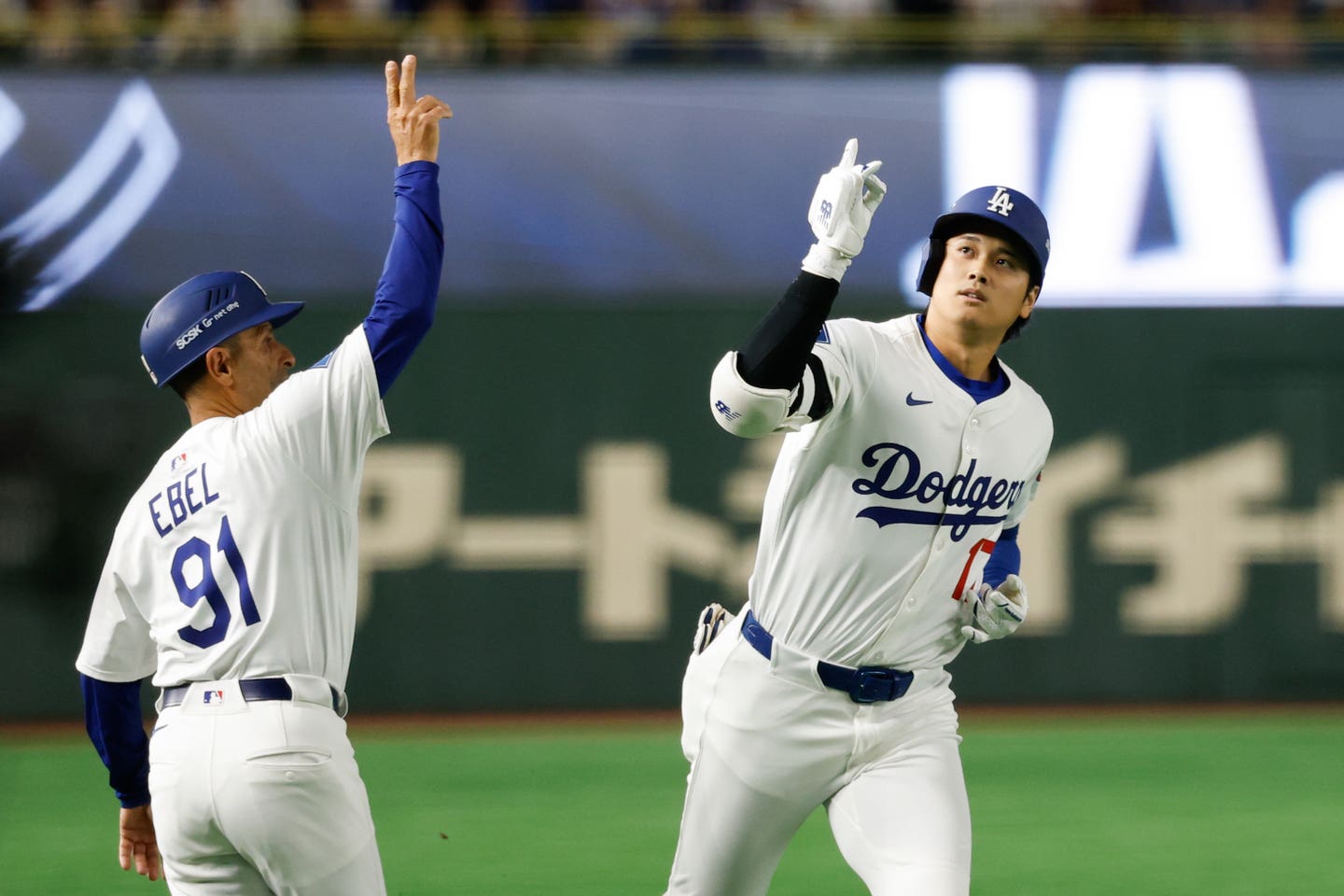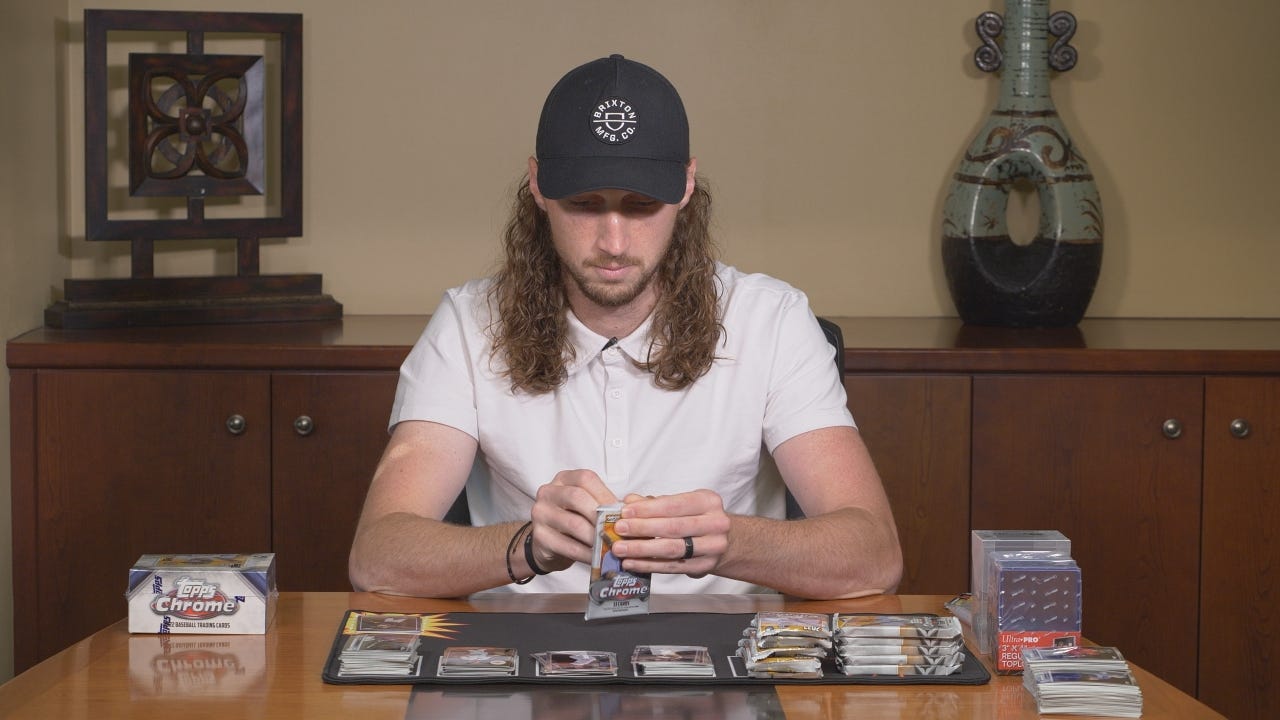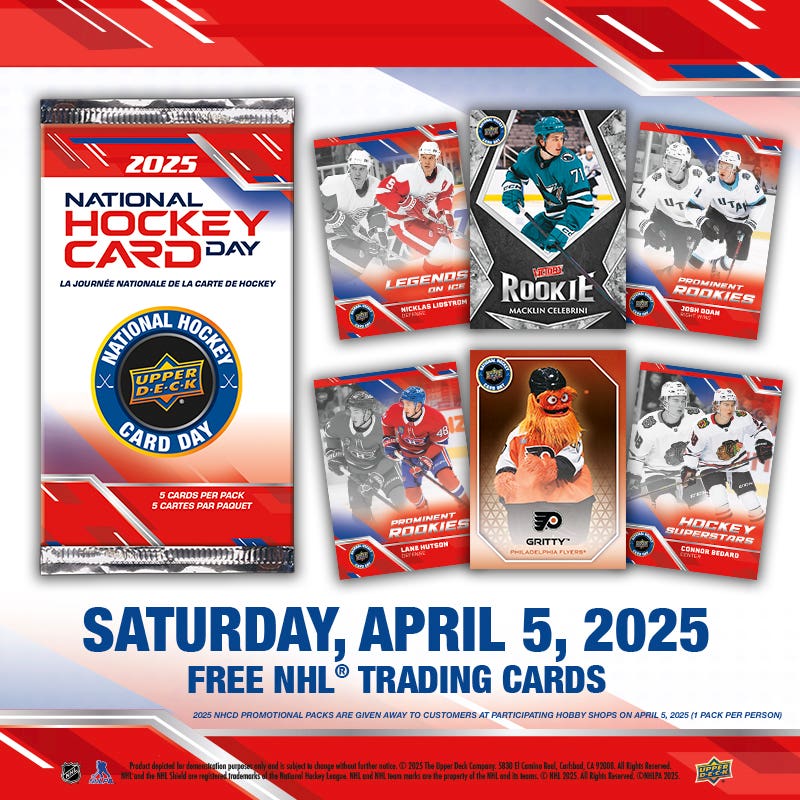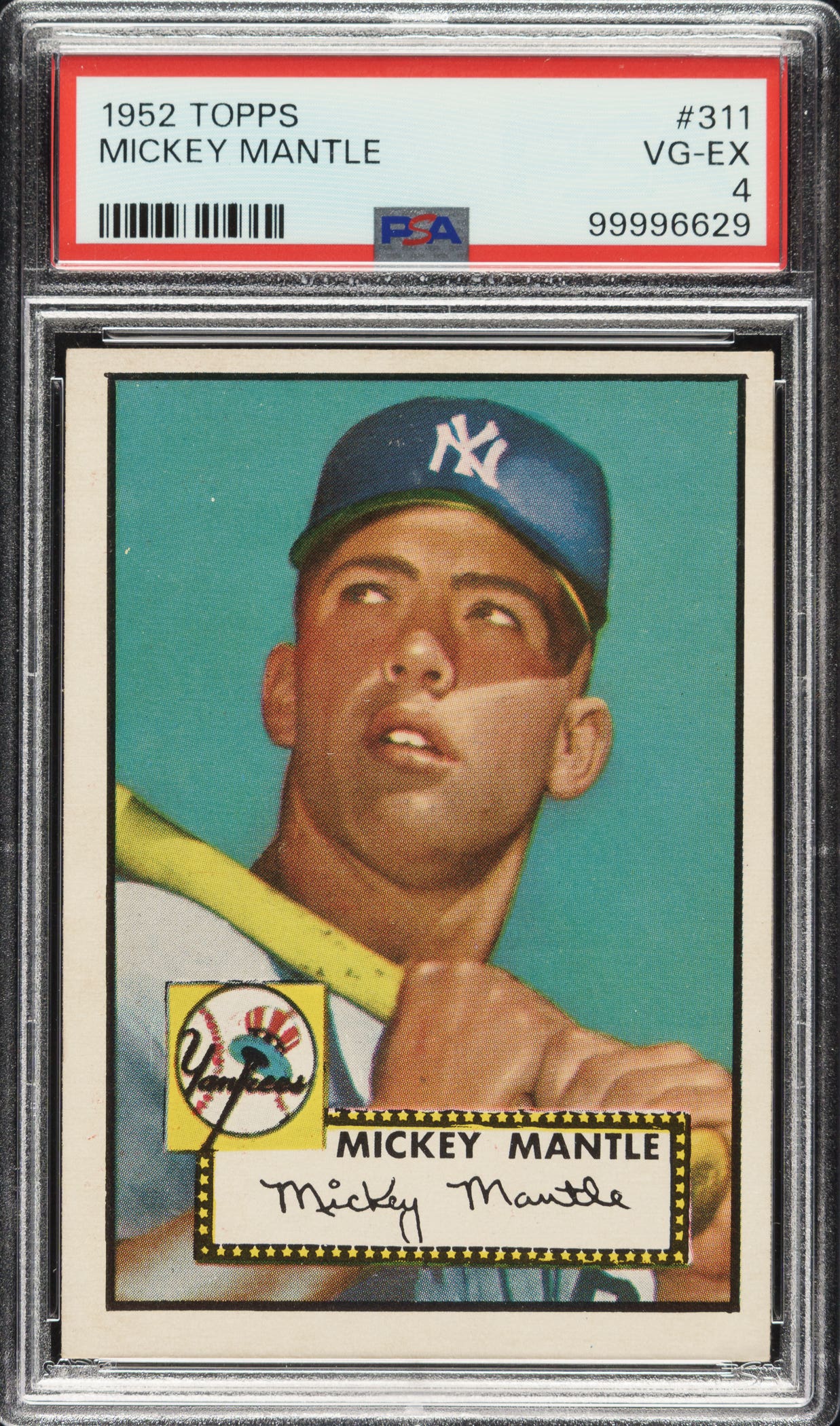
News
Tim Raines gets the nod from the Baseball HOF in his final year of eligibility
By Robert Grayson
Tim Raines might have thought it would take an act of Congress, or—since he played for 13 years in Montreal—an act of the Canadian Parliament, to get him into the Baseball Hall of Fame. While it didn’t come down to that, the Canadian Parliament did make a pitch for Raines to be inducted into the Cooperstown shrine, and it was right down the heart of the plate.
The plea came from Canadian Parliament member Chris Bittle, who represents the city of St. Catharines in southern Ontario. Bittle got up at the Nov. 23, 2016 meeting of the Canadian Parliament and made an impassioned appeal to members of the Baseball Writers’ Association of America (BBWAA) to put Raines in the Baseball Hall of Fame.
Members of the BBWAA vote annually on candidates for the Baseball Hall of Fame.
“Raines is one of the greatest leadoff hitters of all time, and the fifth all-time in stolen bases,” Bittle told his colleagues in Parliament. “He was one of the finest baseball players of the 1980s.”
After running down a litany of Raines’s accomplishments in Major League Baseball, the Parliament member asked, “So why isn’t he in the Hall of Fame already?”
With tongue in cheek, Bittle said the only knock against Raines was that “He played his best years for the Montreal Expos.” That comment elicited raucous laughter from the members of the governing body north of the border. Bittle told his fellow parliamentarians that Raines “is worthy of our support.” He went on to say, “I call upon the voters—members of the Baseball Writers’ Association (of America)—to right this wrong and vote Tim Raines into the Hall of Fame.”
Bittle’s remarks drew a standing ovation from his fellow legislators. And the gesture touched the former Expo.
“Montreal took me in as a son. They really appreciated the way I played the game,” Raines says. Did the plea help Raines get into the Baseball Hall of Fame? Well, it certainly didn’t hurt. The seven-time All-Star won election to the shrine in Cooperstown this year, in his 10th and final year of eligibility on the BBWAA ballot.
During his career, Raines contributed mightily to the success of the teams he played on. Some of those contributions showed up in the box scores; others were more subtle, like the way he unnerved pitchers when he was on the base paths, breaking up their concentration and changing the pace of the game. With Raines, the bottom line was always getting on base and making things happen. Today his style of play would be recognized as “moneyball.”
The traditional numbers of 500 home runs and 3,000 hits, usually used as barometers when considering a player for a plaque in Cooperstown, don’t really apply to Raines. He excelled in other ways, using his speed and clutch hitting to build and score runs to help his team win.
Raines was patient at the plate and had a great eye, which allowed him to draw walks and then steal bases. He was the quintessential leadoff hitter, a spark plug, using whatever means he had at his disposal to get on base and start a rally.
The numbers that stood out during Raines’s 23-year major league career (1979–2002) included his 808 stolen bases, fifth best all-time behind Rickey Henderson, Lou Brock, Billy Hamilton, and Ty Cobb—all members of the Baseball Hall of Fame. More impressive is that Raines was successful in stealing bases 84.7 percent of the time, first among players with 500 or more career steals. He is the only major league player to have four seasons with at least 50 extra-base hits and 70 steals (1983–1986). From 1981 to 1986, Raines stole at least 70 bases per season. No player has ever matched that feat.
He had a lofty .385 career on-base percentage. Combining his 2,605 career hits with his 1,330 walks and the 42 times he was hit by a pitch, the seven-time All-Star (1981–1987) reached base 3,977 times in his two-plus decades in the majors. Those are numbers important to Hall of Fame voters, but not to Raines. And here are a couple more: In 10 of the seasons during his two decade–plus career, Raines batted over .300 with runners in scoring position, finishing with a career .303 batting average with ducks on the pond.
“I didn’t pay attention to stats. I never counted how many times I stole a base or walked. I wanted to win. I did what the team needed to win. I wanted to be a champion,” he says. “If it meant staying at first and not trying to steal in order to give the batter a better chance of getting a hit, I’d do that. Whatever it took to win—that was my game.”
By the end of his career, Raines was considered the second greatest leadoff hitter to ever play the game. Not bad, when you consider all the great leadoff hitters Major League Baseball fans have seen through the years.
The one problem is that Rickey Henderson is considered the greatest leadoff hitter of all time. He played in the same era as Raines (1979–2003). Henderson often overshadowed Raines, playing for more popular teams in his prime, like the Oakland A’s and the New York Yankees. Raines also played for the Yankees and the A’s, but not until much later in his career, past his peak years, when his speed had started to diminish. In addition, Henderson, who was elected to Cooperstown in 2009, was more of a showman and grabbed all the ink at that time. In the era before cable television, the Montreal Expos didn’t get nearly as much exposure as the A’s and the Yankees.
Raines was never on a big stage in the prime of his career, as was Henderson. Rock would just grind it out every day, getting little notoriety for his efforts, despite his exciting brand of play. Little notoriety, that is, everywhere but in Montreal, where his aggressive play made him a fan favorite and a celebrity in Canada.
“I’d have to say, from day one, they (the Montreal fans) picked up on the way I played the game, the passion I had for the game. They really helped me. They acknowledged what I was doing and I wanted to go out and perform at a high level for them,” he says.
“We definitely weren’t a big-market team. We didn’t have the exposure other teams had and, as a result, a lot of people weren’t able to see all the things I did on the baseball field and didn’t really have a true understanding of the type of player I was.”
For Raines, the dream did not start out on the baseball diamond, but rather on the gridiron and the track. He wanted to be a star in the National Football League and looked the part.
“As a kid, it was all about playing in the NFL for me,” Raines recalls.
His short and stocky frame (5-foot-8, 177 pounds)—all muscle—cried out “running back.” He was built like a rock; hence his nickname “Rock Raines.” He was an exceptional running back at Seminole High School in his hometown of Sanford, Florida. In his high school career, he averaged 10.5 yards per carry and scored 18 touchdowns. Rock had lightning speed, setting several school records in track, including in the 100-yard dash, 330 intermediate hurdles, and the long jump.
In baseball, Raines stole home 10 times in his high school career. The outstanding high school athlete had numerous college football scholarship offers, but then a second baseman for the Cincinnati Reds, Joe Morgan, caught his eye.
Morgan was 5-foot-7, weighed 160 pounds, and played second base, the position Raines played in high school. As a teenager in high school, Raines idolized Morgan and viewed him as the same kind of compact player he was. Morgan’s size didn’t stop the Reds standout from hitting home runs, stealing bases, and winning back-to-back National League Most Valuable Player Awards in 1975 and 1976.
The Cincinnati Reds star’s Gold Glove play at second base was not lost on Raines, either. “What he did on the field was phenomenal. Joe Morgan is the reason I became a professional baseball player instead of going into football,” Raines says of his fellow Hall of Famer.
So when the Montreal Expos drafted Raines in the fifth round of the 1977 amateur draft, at the age of 17, the switch-hitting second baseman took the team’s offer.
“I was young, I could have gone back and tried football if things didn’t work out in baseball, so I thought I’d give baseball a try. I’ve always been happy with that decision,” he notes.
Rock played for the Gulf Coast League Expos in Rookie ball in 1977, where he stole 29 bases in only 49 games. He also batted .280 with a .381 on-base percentage. By 1978, the speedster was in Class-A Ball, playing for the West Palm Beach Expos in the Florida State League, where he once again caught everyone’s attention with his running ability. In just 100 games, Raines swiped 57 bases. He also collected 103 hits, 64 walks, and had a .400 on-base percentage while batting .287.
The up-and-coming youngster continued his march toward the majors in 1979 when he played for the Memphis Chicks in the Double-A Southern League. There, Raines again hounded opponents by stealing 59 bases and racking up a .390 on-base percentage. He had a .290 batting average, picking up 160 hits.
At the end of the 1979 minor league season, Rock was called up to the big leagues to join the Montreal Expos, but only appeared in six games, strictly as a pinch runner. Still, he swiped two bases as the Expos battled the Pittsburgh Pirates for the National League East title. Despite an exciting season-ending drive, the Expos came in second, two games off the pace. But Raines was part of a young Expos team that was bringing winning baseball to Montreal for the first time since the team’s inception in 1969. That young corps of players included Gary Carter and Andre Dawson, now both members of the Hall of Fame.
Rock played for the American Association’s Triple-A Denver Bears in 1980, where he cemented his reputation as a base stealer, swiping 77 sacks in 108 games. But he did even more than that, winning the league’s batting title with a .354 average and using his speed to leg out 11 triples. Raines was also named the Sporting News Minor League Player of the Year in 1980. During the course of the 1980 campaign, Raines played a few games for the Montreal Expos. That’s when the decision was made to switch Raines from second base to left field.
Raines admits that he didn’t have an easy time playing second at the major league level, so the move to left field took some of the stress off him and allowed him to concentrate on being a leadoff hitter.
“Not having to be so concerned with my defense, I could focus more on my offense. I took a lot of pride in my defense, but my offense is what got me to the big leagues—the things that I did on the base paths, the things that I did with the bat. I never won a Gold Glove, but I was a pretty decent outfielder,” he says.
That was evident in 1983 when Raines led all National League outfielders with 21 assists.
“I think there were a couple of years I could have won a Gold Glove, but in those days, if you didn’t play center field, you didn’t win a Gold Glove,” he says.
By the start of the 1981 season, Raines was the Expos’ left fielder. He batted in the leadoff spot and he didn’t disappoint. He had a .304 batting average with 71 stolen bases and a .391 on-base percentage in 88 games in the strike-shortened season. He came in second to pitcher Fernando Valenzuela of the Los Angeles Dodgers for the 1981 National League’s Rookie of the Year honors.
Steve Boros is a name that jumps into Raines’s head when he’s talking about base stealing. Boros was a coach with the Expos in 1981 and 1982.
“He (Boros) taught me everything I know about pitchers’ moves,” the new Hall of Famer notes. “He taught me to learn how a pitcher tips his move home, whether it’s with his front shoulder, his head, his leg. He taught me to look at how the catcher sets up. Of course, speed plays a big role in stealing bases, but my reaction time to what I saw a pitcher and catcher doing made it a lot easier to steal, because the sooner I knew a pitcher was going to the plate, the sooner I’d get a jump, and the faster I got down to second or third. I worked a lot on that early in my major league career with the Expos.”
In 1981 Raines got his first taste of playoff baseball. The Expos made it to the National League Division Series (NLDS) and beat the Philadelphia Phillies 3 games to 2 in the best-of-five series. They went on to play the LA Dodgers in the best-of-five National League Championship Series (NLCS) and came within a hairbreadth of making it to the World Series.
The fifth and deciding game of the NLCS was played on Monday, Oct. 19, 1981 at Olympic Stadium in Montreal. The Expos got off to a fast start. In the bottom of the first inning, Raines led off with a double. The next Expos batter, Rodney Scott, laid down a sacrifice bunt, attempting to move Raines to third. Instead of throwing to first to get Scott out, however, the Dodgers tried to cut down the speedy Raines at third, but failed. Both Scott and Raines were safe.
With runners at first and third and no one out, Andre Dawson came to the plate. Dawson hit into a double play, but Raines scored on the twin killing. Raines put on display what he did best, turning a negative into a positive and putting the Expos on the board. Unfortunately for the Expos, that first-inning run would be their only run of the game.
The Dodgers tied up the game in the top of the fifth on a couple of singles and a groundout. The game was tied 1–1 in the top of the ninth inning when Dodgers’ outfielder Rick Monday hit a two-out home run to give LA a 2–1 lead. Montreal could only manage two walks in the bottom of the ninth and went down to defeat. The date of the game is still referred to by Expos fans as Blue Monday.
The 1981 playoffs turned out to be the only post-season appearance the Expos ever made. That surprised Raines, since Montreal had such a good team, especially while he played for the club.
“Going to the playoffs and getting so close to going to the World Series in my rookie year made me think we’d be going to the playoffs every year. We had a good young team and my only concern was that we would be able to keep that team together. We did for a while, but then players started to leave or were traded away and we ended up only going to the playoffs that one time. I was surprised and disappointed by that. I really wanted to win a championship and felt I had a good chance to do it with the Expos,” Rock points out.
Though he didn’t win a world championship with the Montreal Expos, Raines still reached lofty heights with the team. His accomplishments included leading the National League in stolen bases four times (1981–1984) during his first 12 years with the Expos. In two of those years, 1981 and 1984, he led all of Major League Baseball in steals. He also led the major leagues in runs scored in 1983 and 1987.
In 1986, Rock won the National League batting title, hitting .334 while notching a league-leading .413 on-base percentage. He won a Silver Slugger award that same year. He hit over .300 five times while with the team between 1979 and 1990.
In 1987, Raines had three hits in the All-Star Game, including a triple that knocked in the game-winning run in the 13th inning. He was named the 1987 All-Star Game’s Most Valuable Player.
“I look at all the numbers and the one thing that keeps coming to mind for me is getting on base. We always talk about home runs and guys who drive in a lot of runs, but those guys can’t get 100 RBIs if a guy like me doesn’t get on base. Those guys can’t pick up an RBI with a pop fly with a guy on third, if the guy on third isn’t fast enough to score. They can’t get an RBI on a ground ball with a guy on third, if there’s no guy on third.
“So my job was to get on base and get into scoring position and give those other guys a chance to do their thing and knock in runs, and those guys appreciated what guys like me did and still do. It’s what’s great about baseball. It’s a team effort and everyone has a job to do, an important job. Everyone can contribute,” Rock says.
Following the 1990 season, the Expos thought Raines was slowing down and traded him to the up-and-coming Chicago White Sox. The Pale Hose had young stars like Frank Thomas, Robin Ventura, and Jack McDowell, and seemed destined for great things.
“I really thought I had my best chance to make it to the World Series and win it all with the White Sox,” Rock recalls. He batted only .268 in 1991, his first year with the team. But he bounced back in 1992, hitting .294. Then he batted .306 in 1993 with a .401 on-base percentage and 16 home runs.
Chicago won the American League West Division in 1993 and took on the Toronto Blue Jays in the American League Championship Series. The White Sox went down to defeat in the best-of-seven series 4 games to 2, despite a valiant effort by Raines. He hit .444, scoring five runs and grinding out three doubles in the series. That would be the only time during Raines’s five years with Chicago (1991–1995) that the team made the playoffs.
After the 1995 season, the White Sox traded Raines to the New York Yankees.
“When I went to New York, I didn’t know what to expect,” the now-57-year-old former outfielder says. “The team was a mix of young players and seasoned veterans. At that time, (Derek) Jeter wasn’t quite there yet. They were going to play Tony Fernandez at shortstop. (Jorge) Posada was platooning, Mo (Mariano Rivera) was still a starter. There were guys like Tino Martinez, Darryl Strawberry, Cecil Fielder, and Wade Boggs who had great careers already. Bernie (Williams) had some time in at center field. So could we put it all together? I wasn’t sure.”
But with the New York Yankees in 1996 Raines finally got his world championship.
“It was Jeter who made the difference. I’m not saying we wouldn’t have won it with Tony (Fernandez), but Jeter came on the scene and just came up with big hit after big hit. Then he’d make great play after great play. We didn’t know he could do that! To see him mature so fast on the major league level was an inspiration to everyone on the team. We all started doing things we didn’t think we could do or do anymore. We gave a little extra to help the kid out. He led us to accomplish what we did, to win so many games and to win a championship. It’s exciting to talk about now,” Raines says.
Rock got a second World Series ring with the Yankees in 1998. In 1999 the now-aging player signed with the Oakland A’s. But in July, after playing in only 58 games, he was diagnosed with lupus, a chronic autoimmune disease that sidelined him for quite a while. He didn’t make it back onto a major league diamond until 2001, when he returned for a curtain call with the Montreal Expos. It was worth the wait.
The Expos’ home opener was on April 6, 2001 against the New York Mets and Raines was in the starting lineup for Montreal. When Raines got up to the plate for his first at-bat of the game, he was given a long, loud standing ovation by grateful Expos fans. When the cheering subsided, Raines drew a walk. The Expos won the game 10–6.
“For the fans to appreciate me like that means a lot,” he says with a big smile.
During the last week of the 2001 season, the Expos traded Raines to the Baltimore Orioles, where his 23-year-old son, center fielder Tim Raines Jr., was playing. Raines Jr., nicknamed “Little Rock,” was in the Orioles organization and had recently been called up to the majors. On Oct. 4, 2001, Raines Jr. played center and Raines Sr. played left in a game for the Orioles against the Red Sox. Tim Raines Sr. finished his career in 2002, playing 98 games for the Florida Marlins.
“I never thought about the Hall of Fame during my career,” Rock says. “Last year, in my ninth year of eligibility, when I came so close to getting in (23 votes shy of election), I thought it might carry me through this year. But I couldn’t be sure. I was nervous about it. But now I look forward to going to Cooperstown. It’s the last chapter of my career. It completes it.”
Robert Grayson is a freelance contributor to SCD. He can be reached at graydrew18@aol.com.




